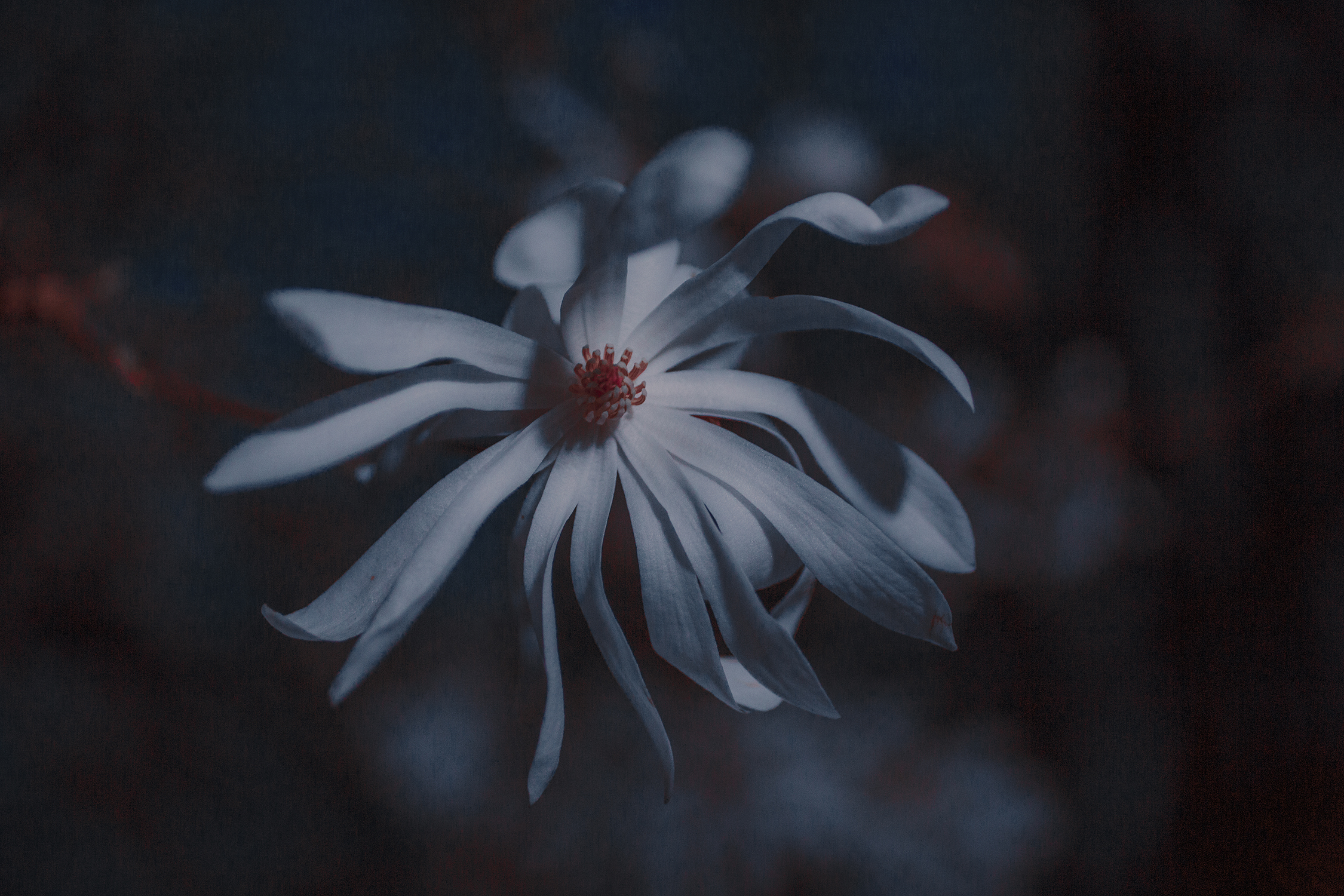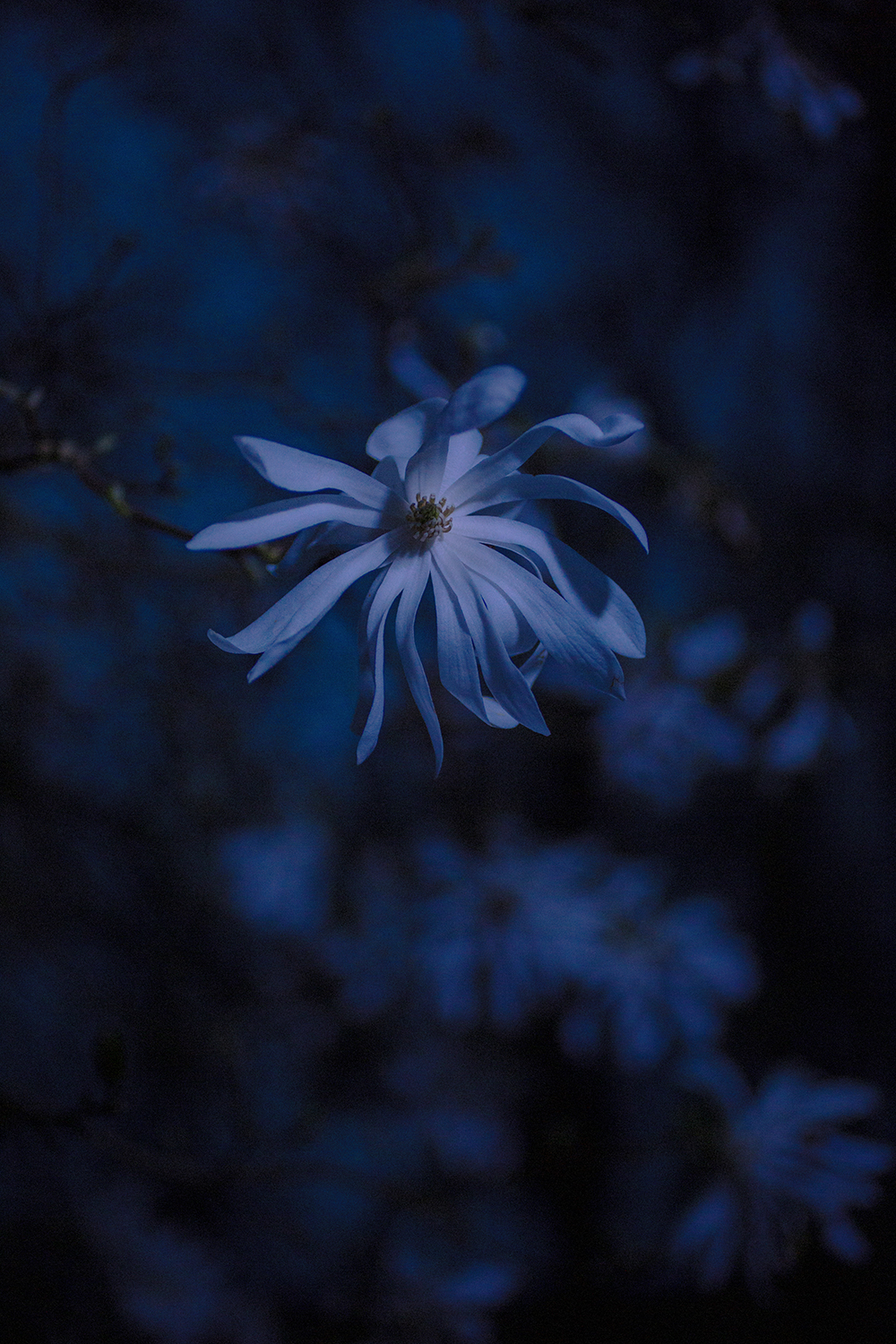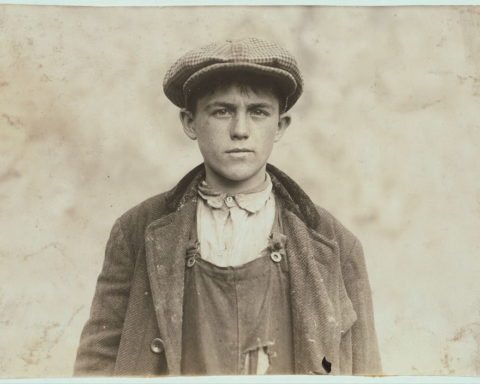Five tips on capturing stunning images of flowers at night
Flower season provides a topical opportunity to experiment with macro photography. Flora and fauna spectacles showcase many different types of flowers in one space. With minimum effort, you can get maximum results, whatever the light. When it comes to flowers, shooting in low or no natural light can produce stunning imagery, if you know what to look for. Christian Ziegler, Canon Ambassador and acclaimed wildlife and conservation photographer, shares his expertise and reveals why taking the time to get to know the plant may just be the secret to success.
1. Get up close and personal with the flowers (you’ll be surprised what you learn)
“When it comes to macro photography at night, getting to know your flowers is key! Shooting flowers at night can be a long task if you aren’t prepared. Do your research beforehand and learn the ‘behaviours’ of the flower you want to shoot. Research, for example, how many days or hours the flower is open, when it will be ’ripe’ and fresh, and what creatures pollinate it.
“I also think it’s important to try and understand the character of the flower in the human sense. I look at a flower to see what makes it cool or unusual. I tend to look for humorous elements – people really relate to that in my photography. I then try and emphasise that part of its character. Once you’ve uncovered this, you’re ready to capture the shot personal to you, night or day.
“When it comes to angles, even with a macro lens, I often prefer to get very close to the flower and only show part of it. It’s amazing what the flowers can turn into when you do this. I once photographed a crab spider orchid and its unusual shape makes it look like the most beautifully detailed grasshopper.”
2. Illuminate the flowers with different lighting techniques
“Visit the flowers you want to shoot in the day to understand what makes it special. Flora festivals are so useful for this, as there are lots flowers to compare. I often find that by taking and studying a classic portrait, you can identify the most unique and quirky details of a flower and its patterns. When night-time hits, you can then experiment with both angles and lighting to accentuate these features.
“Experimenting with lighting is another great way to alter an image. When it’s low-light, I enjoy working in the ‘blue hour’ outside. The lighting is truly magical. About twenty minutes after sunset (in northern Europe), you get the perfect tone of blue. With added flash support, you can really illuminate the flower.
“When night-time fully hits and with the introduction of a flash, you can show a completely different flower, as you have full control of the light conditions. This allows you to easily isolate the flower and draw attention to the elements you want to highlight, as well as manipulate the mood to demonstrate your creative vision.
“I’d also recommend experimenting with ultraviolet lighting – often there are patterns on a petal that you can’t see until you light the flower up with a UV torch. You never know what you’ll find and that’s undoubtedly part of the thrill!”

3. Take full control – go manual!
“To get the perfect shot of flowers at night, my best advice is to expose manually manual. That way you can let yourself really work with the light and use it to illuminate different parts. I usually try to set the aperture down to f/16 – f/22, especially in close-up shots. If you’re looking to focus on one element of the flower, I’d recommend keeping the aperture fairly open, at around f/5.6. For complete beginners seeking assistance with image composition, the ‘rule of thirds’ or ‘grid mode’ can also be beneficial. Or, if you can centre a flower in the frame, it can perfectly illustrate the symmetry of the bloom.”
4. Don’t be afraid to keep it simple – even ordinary flowers can look extraordinary
“Sometimes, people are under the misconception that to make a good photo, there’s got to be something new and completely different. This isn’t the case. You don’t have to capture the most exotic flower to create something amazing. Red, orange and yellow flowers, such as tulips, are full of vibrant colours which can be accentuated with the uplighting from a torch, helping to create an image that really ‘pops’.
“Similarly, white, slightly simpler and heavily scented flowers, such as gardenias, are often pollinated by night visitors, such as moths and bats. Once you’ve perfected your angle, you might be lucky enough to capture a pollinator in action! These are some of my favourite things to shoot as it’s the only way we can become aware of the natural intricacies involved to create some of the most beautiful flowers in the world.”
5. Prepare your kit
“Plants can’t move – this makes preparing much easier! I like to shoot plants ‘insito’ in nature, so I’m always prepared with a portable black background to isolate the flowers from the rest of their environment. This ensures that the focus is solely on the flower. With a sturdy tripod you can also perfect your angle. My tripod, combined with my Canon EF 100mm f/2.8L IS Macro USM lens and EOS-1D X Mark II camera creates a sharp, clear and captivating image which truly demonstrates the natural beauty we’re surrounded by.”



